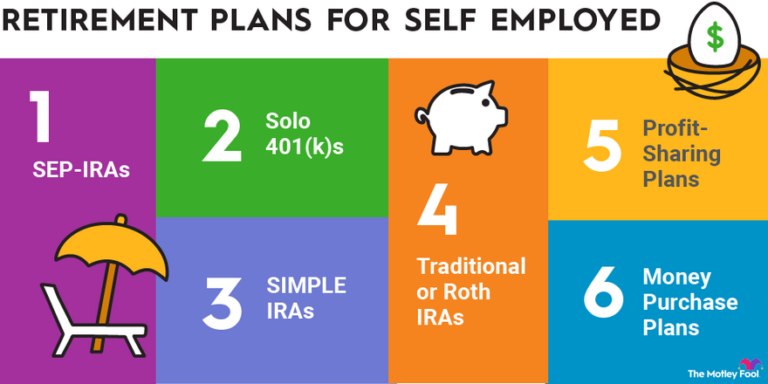Sustainable Finance Investment Strategies: A Path to Responsible and Profitable Investing
In today’s rapidly evolving financial landscape, more investors are looking for ways to make money while also making a positive impact on society and the environment. This shift towards sustainable finance has led to the rise of sustainable investment strategies, which prioritize both financial returns and social or environmental responsibility. Sustainable finance investment strategies are designed to generate positive outcomes while addressing global challenges such as climate change, inequality, and resource scarcity. Whether you’re a seasoned investor or just starting out, understanding sustainable finance strategies is key to aligning your investments with your values and future-proofing your portfolio. In this article, we’ll explore the most effective sustainable finance investment strategies that are making waves in the investment world.
Understanding Sustainable Finance The Basics You Need to Know
Sustainable finance refers to financial activities that promote long-term environmental, social, and governance (ESG) goals. In essence, sustainable finance blends financial returns with a focus on reducing negative impacts on the environment and society. This includes a range of investment practices, such as ESG investing, socially responsible investing (SRI), and impact investing. Investors today are more conscious than ever about how their money affects the planet, and they’re seeking opportunities that not only generate profit but also help address urgent global issues. By understanding the fundamentals of sustainable finance, you can make informed decisions that align with your values and financial goals.
ESG Investing Prioritizing Environmental, Social, and Governance Factors
ESG investing is one of the most popular sustainable finance strategies. This approach evaluates investments based on three key criteria: environmental responsibility, social impact, and corporate governance. In ESG investing, the environmental component considers factors such as carbon emissions, resource conservation, and climate change initiatives. The social aspect includes labor practices, diversity, and community relations, while governance looks at issues like executive compensation, board diversity, and shareholder rights. Investors who prioritize ESG factors are not just looking for companies with strong financial performance—they’re also evaluating how companies handle these critical social and environmental issues. ESG investments are becoming more widely accessible, and many investors believe that companies with high ESG standards are better positioned for long-term success.
Impact Investing – Generating Measurable Social and Environmental Impact
Impact investing goes beyond ESG by focusing on generating measurable social or environmental benefits alongside financial returns. This type of investment strategy typically involves supporting businesses or projects that directly contribute to solving specific social or environmental challenges, such as renewable energy, affordable housing, or healthcare access. Impact investments may include direct investments in startups or funds dedicated to social ventures. The key difference between impact investing and traditional investing is that impact investors have a clear intention to make a positive difference, measuring their success not only by financial returns but also by the tangible benefits they create in the world. Impact investing has become a powerful tool for those who want to invest with purpose and make a direct contribution to global sustainability goals.
Green Bonds – Funding Environmental Projects Through Fixed Income Investments
Green bonds are a popular sustainable finance tool used to fund projects that have positive environmental benefits. These bonds are issued by governments, municipalities, or corporations to raise capital for projects like renewable energy infrastructure, energy efficiency, and sustainable agriculture. Investors who purchase green bonds are essentially lending money to support these initiatives, with the expectation of receiving a fixed return. Green bonds are considered an attractive investment for individuals who want to support environmentally sustainable projects without taking on the volatility of equities. They provide a way to balance financial goals with environmental values, and their popularity is increasing as governments and companies commit to environmental sustainability.
Sustainable Real Estate Investment – Building for the Future
Sustainable real estate investment focuses on properties and projects that meet high environmental and social standards. This can include energy-efficient buildings, sustainable development projects, or investments in real estate funds that focus on green and socially responsible initiatives. Sustainable real estate strategies emphasize reducing the environmental footprint of buildings, improving energy efficiency, and promoting urban development that benefits local communities. Additionally, sustainable real estate investments often offer strong financial returns due to growing demand for green buildings, tax incentives, and the increasing importance of environmental standards. For investors looking to diversify their portfolio with tangible assets, sustainable real estate offers both a responsible and profitable opportunity.
FAQs
1. What is the difference between ESG investing and impact investing?
ESG investing focuses on companies’ environmental, social, and governance practices, while impact investing targets investments that generate measurable social or environmental benefits in addition to financial returns.
2. Are sustainable finance investments riskier than traditional investments?
Sustainable finance investments are not inherently riskier, but they can involve different types of risks. For example, impact investments may involve less liquidity or longer investment horizons, but many studies show that ESG and sustainable investments can perform just as well as traditional investments.
3. How can I start investing in sustainable finance?
To start investing in sustainable finance, look for mutual funds, ETFs, or stocks with a focus on ESG or impact investing. You can also consider green bonds, sustainable real estate, or work with a financial advisor who specializes in sustainable investing.
4. Can sustainable investments provide competitive financial returns?
Yes, studies have shown that sustainable investments, particularly those that prioritize ESG factors, can provide competitive financial returns. Many investors believe that companies with strong ESG practices are better positioned for long-term growth.
5. What role do green bonds play in sustainable finance?
Green bonds raise capital specifically for projects that have environmental benefits, such as renewable energy or energy efficiency. They provide an opportunity for investors to support environmental initiatives while receiving a fixed return on their investment.

